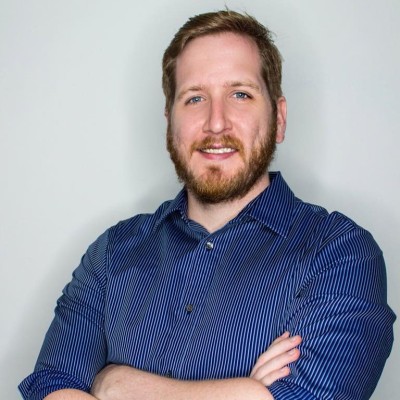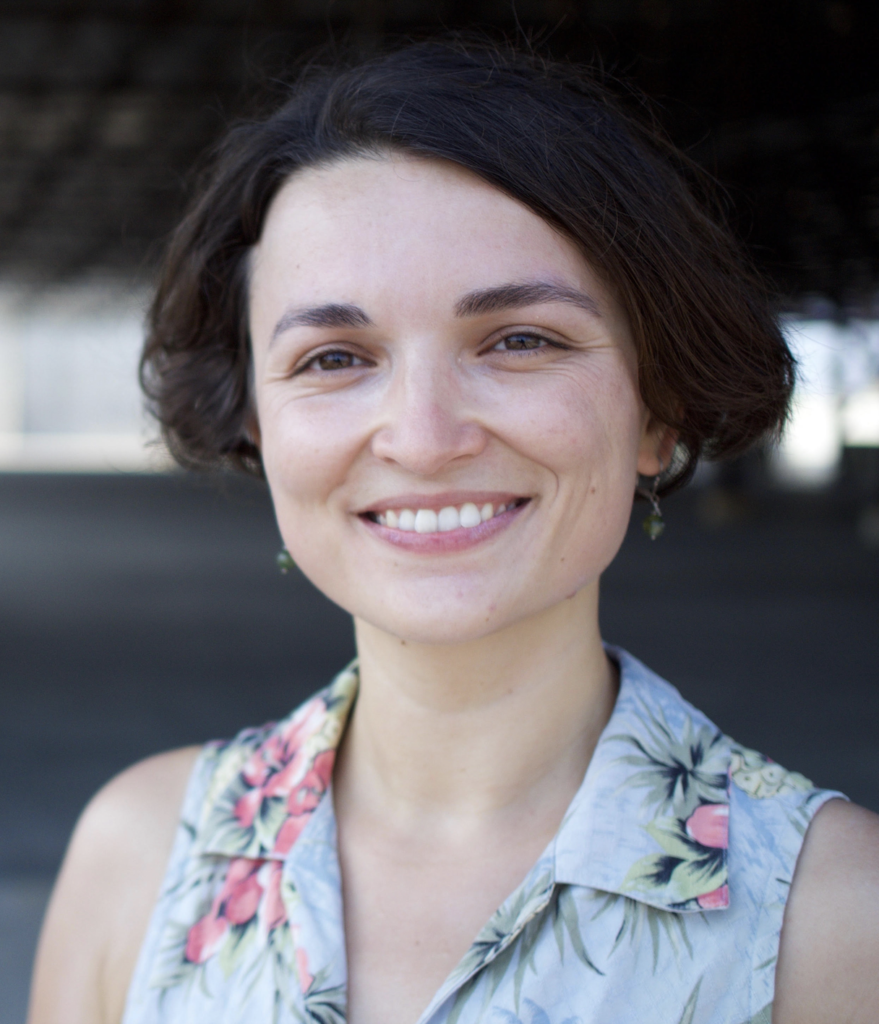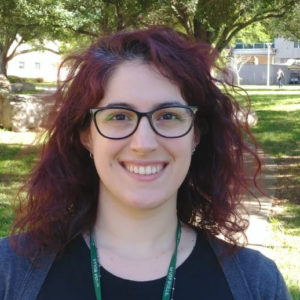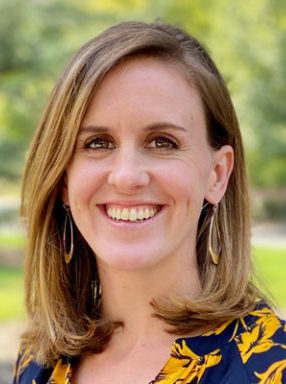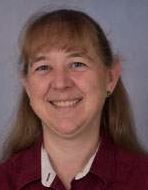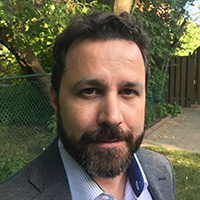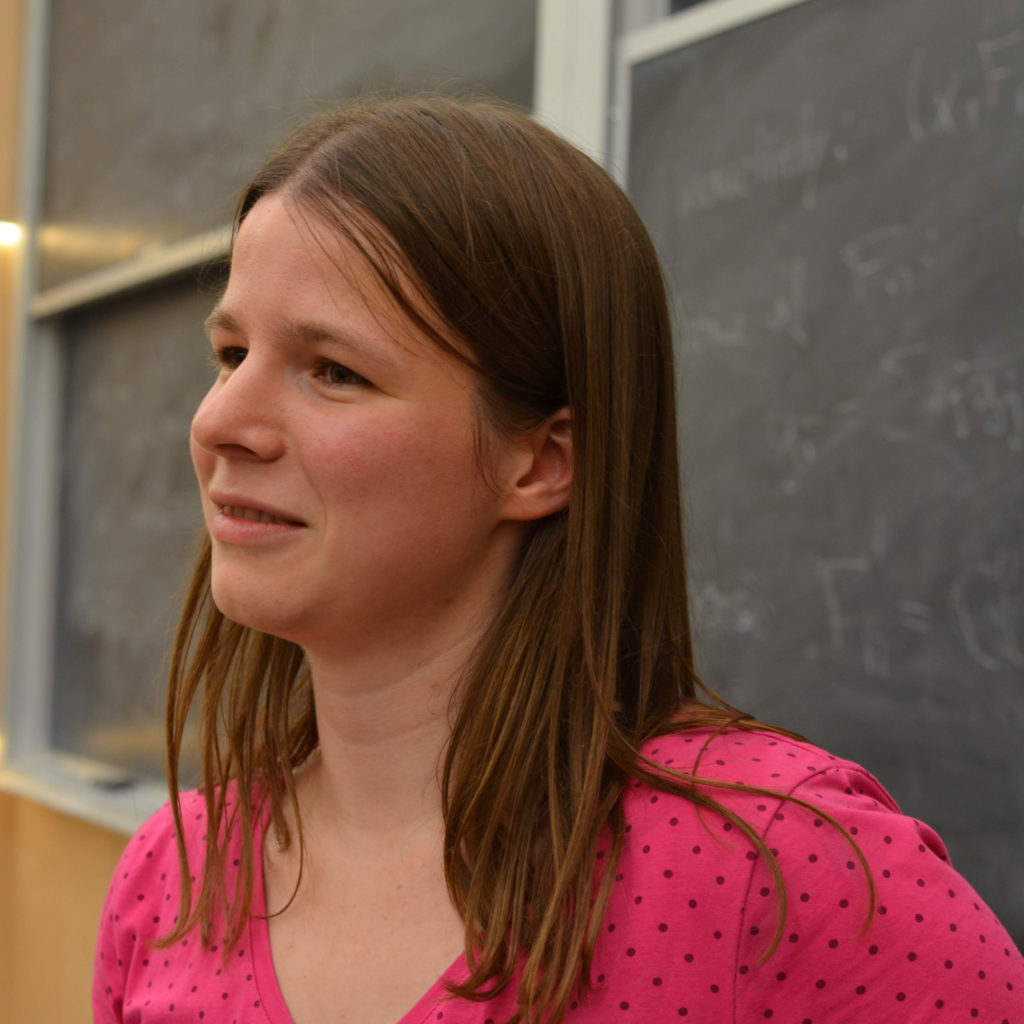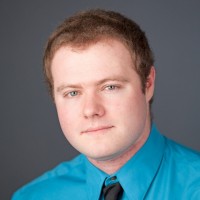
Recent progress on the Auslander-Reiten and Huneke-Weigand Conjectures
Justin Lyle– University of Arkansas
Various conjectures have emerged as far back as the 1950’s concerning conditions on the vanishing of Ext/Tor. Among the most celebrated are the Auslander-Reiten and Huneke-Wiegand conjectures, which pose that a finitely-generated module over a commutative Noetherian ring should be free in certain scenarios. We will discuss some recent progress on these conjectures. In particular, we will journey through some surprising connections between the Huneke-Wiegand conjecture and several seemingly disparate theories. Using these ideas we will provide conditions, some necessary and some sufficient, for the Huneke-Wiegand conjecture to hold. As a culmination, we will discuss a recent proof of the speaker of the Auslander-Reiten conjecture for graded Gorenstein domains.


